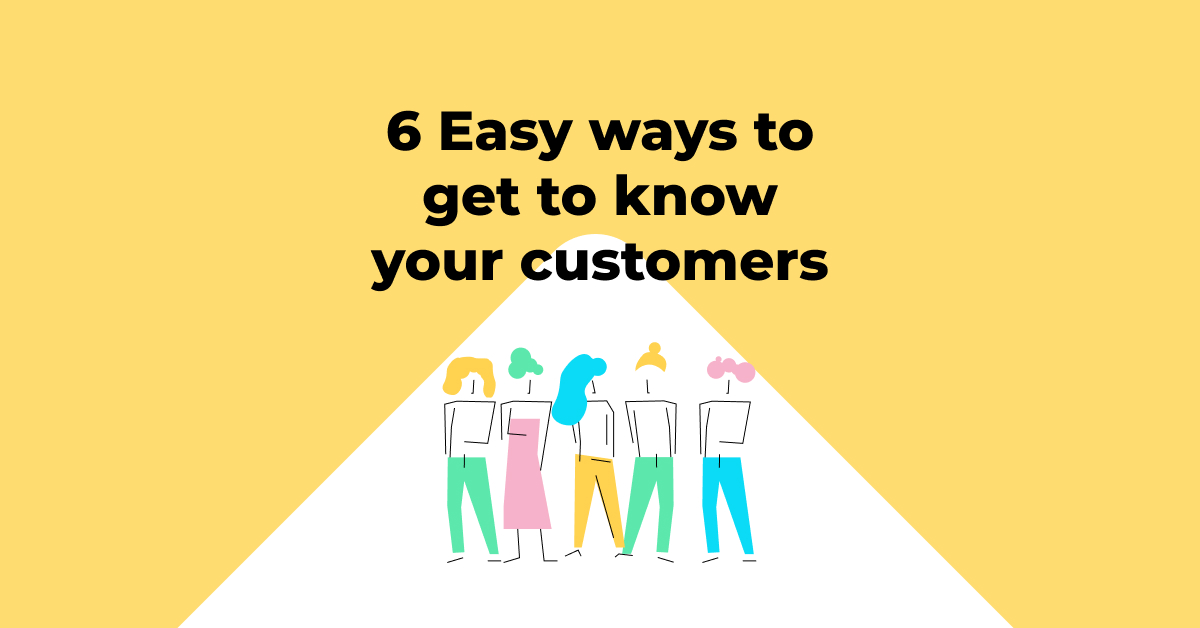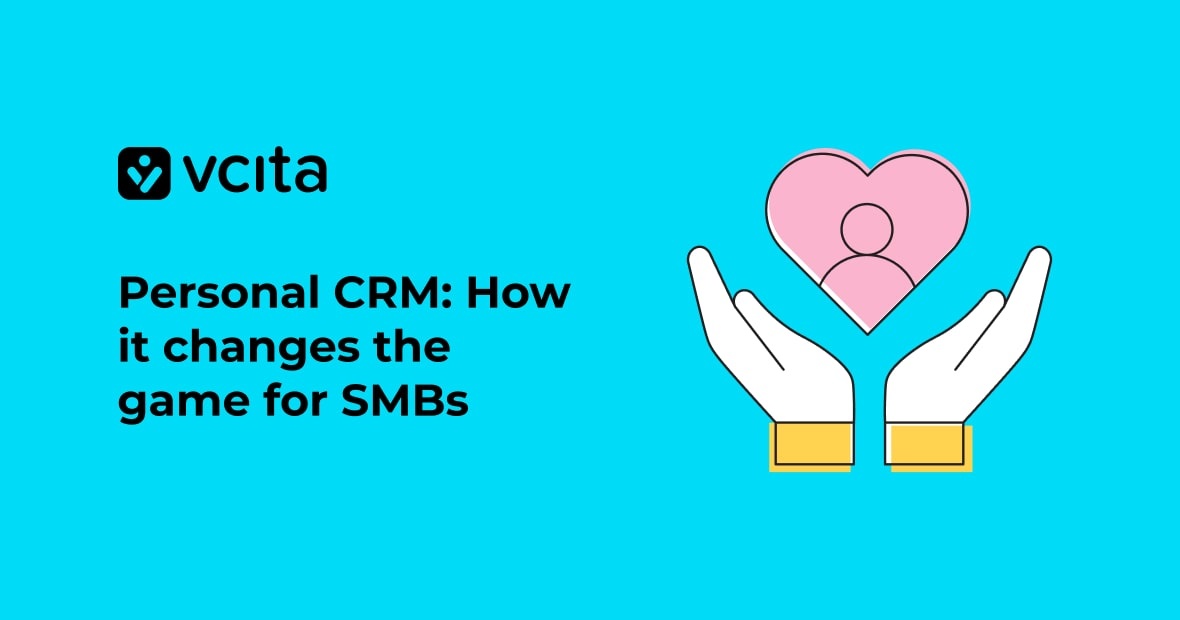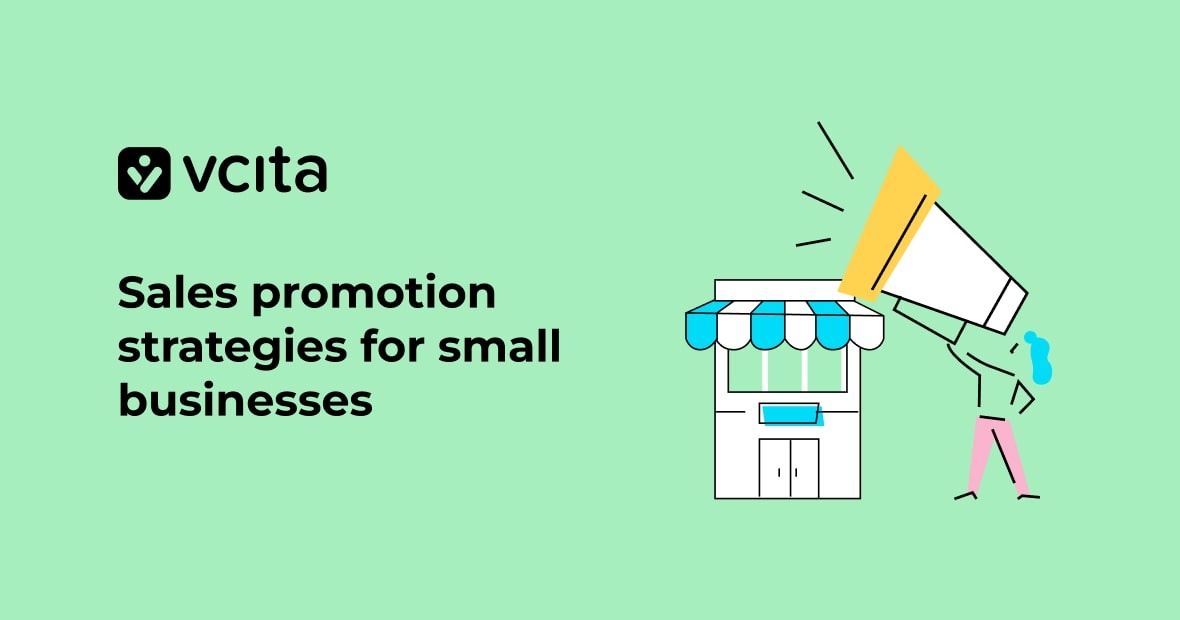You might think you know your customers, but do you really know what makes them tick?
Can you say with confidence that you know what drives their buying decisions and makes them choose one company over another?
Even if you have a general idea of what your customer base is like, this is not enough to create effective marketing strategies.
You can’t let your fear of intimacy keep you from getting personal with your customers if you want to provide buyers with the care they need and meet your business goals, all at once.
- Understanding customers is vital for successful marketing and business strategies.
- Crafting personalized content increases conversion rates, especially for small businesses.
- Interacting with customers can be in-person, via email, text, or phone, based on their preferences.
- Conducting surveys anonymously gathers feedback for service improvement.
- Analyzing online data from tools like Google Analytics and vcita helps segment customers and tailor strategies.
- Social media is a valuable platform for customer interaction and learning.
- Hosting engaging events allows real-time customer insights and brand-building.
- Keyword research provides insights into customer mindset and market trends.
- Encouraging reviews fosters user-generated content, enhancing brand authenticity and trust.
- Understanding customers leads to mutually beneficial relationships and loyal customers.
Why is getting to know your customers important?
Every relationship is about wanting to be understood and customer/business relationships are no exception. 66% of customers expect companies to understand their needs, so anything less means you are not delivering what the people want.
What is the point of spending money and time crafting marketing campaigns if they are just going to end up flopping? The best path to creating content that your customers care about is getting to know them. And we mean for real.
91% of customers are more likely to shop with brands that provide relevant product recommendations. How do you expect to be able to do that unless you take the time to dig deep?
By learning about your customer base, you’ll be able to provide a more personalized experience leading to increased conversion rates. This is important for any business, but for small businesses especially, utilizing every resource is super important for growing and improving.
What to do to get to know your customers
Now that we understand the why, let’s talk about the how.
1. Interact with them regularly
This might seem like an obvious one, but you’d be surprised. Interacting with customers is about more than just seeing them face to face. Turn your facetime into quality time by asking questions and chatting with customers during appointments or events.
This is the easiest and best way to understand what customers love and less love about your business. All you have to do is ask!
While face-to-face interactions are ideal, they definitely are not always the norm, especially in our semi-post-pandemic reality. If you don’t meet customers in person, there are still plenty of ways you can interact with them.
Figuring out the best way to interact with your customers is a trial and error process. Maybe email is best for some customers while texting is better for others. It might seem wild to some, but certain people prefer talking on the phone.
Here’s a crazy idea, ask your customers which mode of communication is most comfortable for them, and then go that route!
2. Conduct surveys
Surveys are a classic way to get feedback from your customers. Surveys are nice because they can be conducted anonymously which generally means people will be more honest with their responses.
You can use surveys to ask about a specific service or about general customer satisfaction. This will give you an idea of what is working and what isn’t. If a specific service or aspect of the customer experience is receiving negative reviews, you will know what areas need some extra TLC.
3. Use the data you already have
Hearing things firsthand from customers is one piece of the puzzle, but another major part of getting to know your customers is looking at your available data. This data comes from your customers’ behavior online.
You can obtain this data either through Google Analytics or by partnering with a platform like vcita, which helps you utilize your existing data. On platforms like vcita, you can create lead generation forms to help you segment your customers and reach out to them in an effective way based on their behavior and customer profile.
For example, you can create automated lead generation campaigns that aim to engage new subscribers with one set of emails and re-engage old one-time buyers with another set of emails.
Personalization is key, so something that works for one customer won’t work for everyone, and using the data you have available will help you understand how to segment your customers and what strategies will appeal to them.
In addition to web analytics, reviewing past customer interactions is another goldmine of existing data. Go over old customer emails or chats and flag things to keep in mind. This is a great method to ensure quality control and to make sure you’re learning from your mistakes.
We would be remiss if we didn’t mention social media as a major jackpot for customer data. On social media, you can interact with existing customers and prospective customers simultaneously.
This is a great channel to chat with your customers on an individual basis, as well as reach a wider audience. Here you can both engage users and learn what people are looking for.
4. Host an experience
There is only so much that can be gleaned from web analytics alone. Experiential marketing, also known as engagement marketing, invites customers to engage with your brand in the real world. This could be an event but doesn’t have to be as long as you provide an experience for the customer that feels both unique to your brand and memorable for the audience.
Instead of learning from an existing platform like Google Analytics or social media, you are essentially building the platform to get to know your customers in real time. A successful event should engage a wider audience than you normally would be able to, allowing you to gather customer insights and convey brand identity.
This is also your chance to build lasting connections with your customer base. The numbers don’t lie; 91% of consumers reported they would be more likely to purchase a brand’s product after participating in a brand’s event or experience.
Events can be especially beneficial to businesses that do not normally meet their customers face to face. People like to be able to put a face to the name and building a strong brand identity helps solidify brand values, leading to customer loyalty.
5. Try keyword research
We’ve all done it, in fact, it’s almost second nature. You want to buy something specific, but don’t have a specific retailer in mind, so you open up Google and search.
Google processes approximately 5.6 billion searches per day. A large chunk of these searches are customers looking for products that they want to buy. People like to do some research before deciding on a retailer.
A great way to get into the customer’s mindset is to use keyword searches. By searching keywords that are relevant to your business, you will learn what the customer experience is like and what the market related to your business looks like.
6. Get reviews
Reviews are super important for showing your customers that you value their opinion. Similar to surveys, reviews also give you insight into what your customer is feeling. We already covered why this is valuable, but reviews have something that surveys don’t.
Reviews are one of the best ways to drum up user-generated content. Why is this important?
Customers decide which brands they want to support based on user-generated content. User-generated content helps show other customers or potential customers that your business is authentic and trustworthy. This is also why it is so important to respond to reviews, whether they be positive or negative reviews.
Understanding your customers is a win-win
Customers don’t want to feel that they are being pandered to, they want to feel understood by businesses. They usually aren’t keeping their desires a secret, you just have to be willing to pay attention and listen. Ultimately, understanding your customers is a win-win situation. They will get what they are looking for and you will gain loyal customers.





